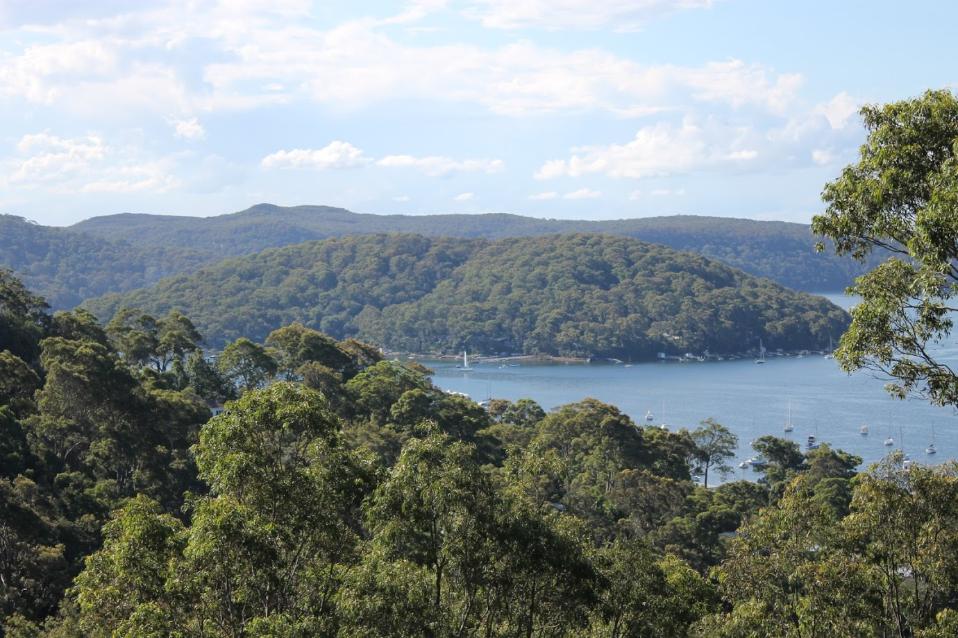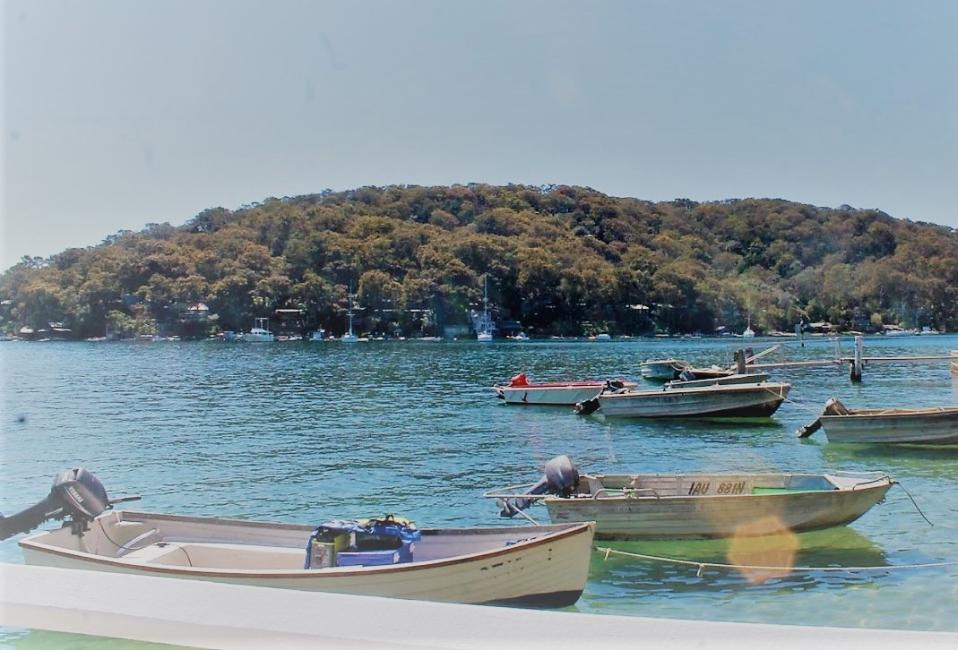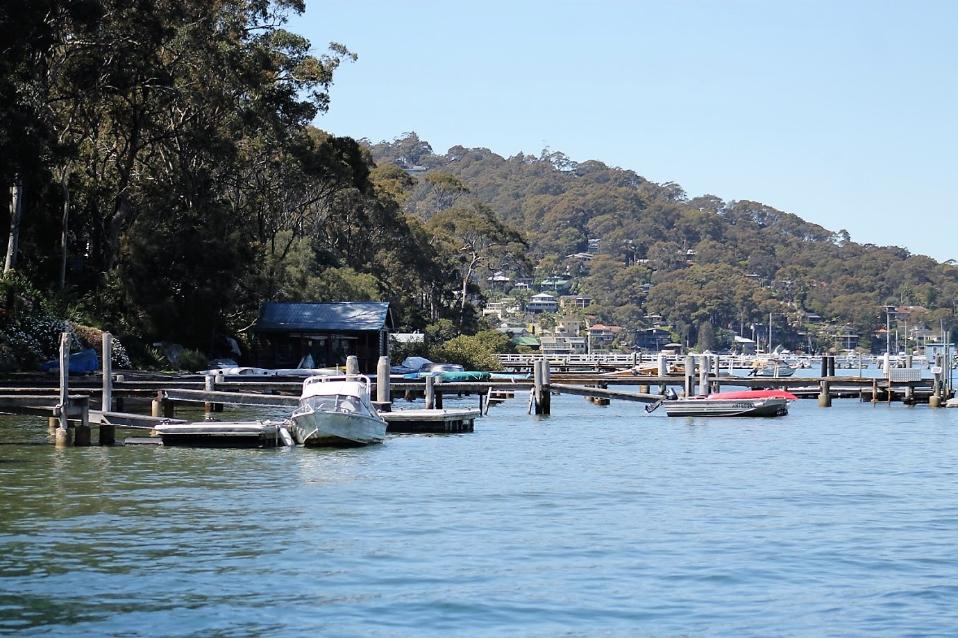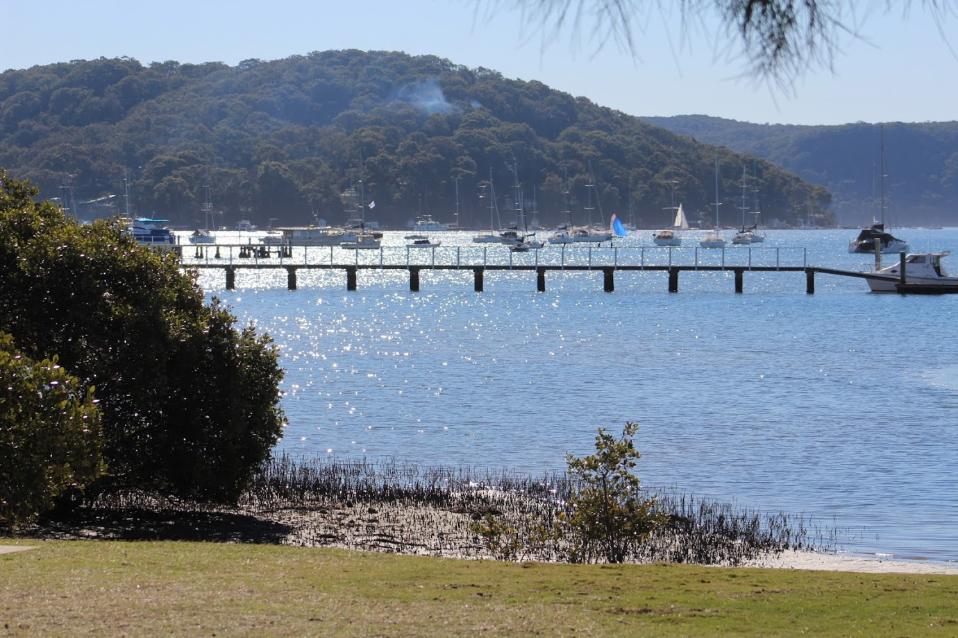Scotland Island Demographics

Scotland Island Demographics
How are we different?
A comparison between Scotland Island and the rest of Australia
by Roy Baker
Well-educated, well-paid and middle-aged: these are typical characteristics of a Scotland Islander, according to the 2016 census.
The Australian Bureau of Statistics’ latest census recorded that 580 people were ‘usually resident’ on Scotland Island on Tuesday, 9 August 2016. But the island’s population is seasonal: around 40% of the 359 private dwellings on the island were classed as ‘unoccupied’ that winter’s night. Given the number of weekender and holiday homes, the island’s summer population could easily reach a thousand.
In terms of household composition, Scotland Island is not particularly different from any other suburb. Out of the 209 island dwellings that were occupied in winter 2016, 36% provided housing for a couple with one or more children, 27% contained couples with no children, 25% were occupied by an adult living alone and 11% housed a single parent with one or more children. The average number of people per household was 2.6. These figures are all on par with the rest of Australia. Our gender mix is also similar to Australia generally. Of the 580 people living on the island in August 2016, 51% were male: the figure for the nation as a whole is 49%.
Where we start to look different is in terms of median age: 45 for the island, 38 across Australia. That said, the island had a larger proportion of children: in 2016, 21% of the island’s permanent population was under the age of 15, compared with 19% for Australia as a whole. What’s more, a much smaller slice of the island’s population was aged 75 or above: 3%, against 7%.
Given that we have slightly more children than usual, and far fewer of us are elderly, what accounts for the older median age? The island has a dearth of young adults. Barely 12% of islanders were in their 20s or 30s, whereas 28% of Australian residents are aged between 20 and 39. In contrast, the island had a whopping 40% of its population in their 40s or 50s, as opposed to 26% across the nation. Being older, the typical islander has had longer to marry (54% versus 48%), but also more time to separate or divorce: 17%, against Australia’s 12%.
Thus far we islanders don’t seem so different from other Australians. We are just more middle-aged. But we start to see bigger differences when we look at our ethnic diversity. In some respects our suburb is much the same as many others. For instance, around two thirds of islanders were born in Australia, which is virtually identical for Australia as a whole. What is more, the chances of meeting an islander with both parents born in Australia are not so different from those of finding someone with similar parentage in another suburb: 43% for the island, 47% for elsewhere.
The difference lies more in where the island’s 33% migrant population comes from. In terms of countries where English is widely spoken, New Zealanders are far more common on the island than elsewhere in the country, as are South Africans, Canadians and Americans. As for those from non-English speaking backgrounds, Europeans seem to be disproportionately well represented on the island. For instance, as proportions of the population relative to the rest of Australia we have six times as many Germans, five times the number of Dutch and three times as many French.
But it’s the island’s English contingent that stands out most. Nine percent of islanders were born in England, compared to 4% in a typical Australian suburb. Eleven percent of islanders have a mother born in England and 15% have a father born in that country: the figures for the rest of Australia are 5.6% and 6% respectively. But these figures only partly explain why a massive 36% of islanders identify their ancestry as English, whereas the figure for Australia as a whole is just 25%.
Scotland Island may not be entirely representative of the rest of Australia in terms of ethnicity, but it is education and employment that really mark us out. As at August 2016, at least 64% of the island’s permanent population aged 15 years or above had some kind of post-secondary education, as opposed to 47% in Australia as a whole. Perhaps as a result, a smaller proportion of us were unemployed: 3.6% of islanders self-identifying as part of the nation’s work force were out of a job, versus 7% for Australia. That said, a slightly smaller proportion of the island’s labour force worked full-time: 54% as against 58%. Instead, part-time work is more prevalent on the island relative to Australia: 38% versus 30%.
Returning to education, the most striking finding is that 38% of the island’s permanent adult population had a university degree, against 22% for Australia. This ties in with the fact that 55% of those in employment identified as ‘professionals’ or ‘managers’: the figure for Australia as a whole is 35%. If it feels as though you are surrounded by academics, consultants, architects or people in IT then you may be right: 15% of island workers fit one of those categories, as opposed to 4% of Australian employees as a whole. Just 19% of us engaged in manual work, as against 29% for the rest of the country.
As you would expect, our incomes reflect the work we do. Relative to workers across Australia, it would seem that employed islanders earn around half as much again. But the difference between Scotland Island and the rest of Australia is less marked when it comes to median household income: here the island was just 25% ahead of the rest of Australia. Half of the families permanently resident on the island had an annual income of $113,000 or above, compared to $90,000 for Australia as a whole. Almost a quarter of households had an income of $156,000 pa or more, compared with 16% across Australia. 82% of us owned our home, either outright (36%) or with a mortgage (46%). Australians in the rest of the country were almost twice as likely to rent but, unsurprisingly, they pay less.
Given our perennial battles over car parking, it is worth noting that the proportion of employed islanders travelling to work by public transport is twice that of Australia. 12% of the island’s employed adults worked at home, versus less than 5% of Australia’s total workforce. But that still leaves over 51% of island workers driving to work: the figure for the rest of Australia is 62%.
Finally, what are our values and beliefs? In the 2013 federal election, 44% of those voting on Scotland Island gave the Greens their first preference, way more than in almost any other suburb. As for religion, the 2016 census suggests that the proportion of those with no religion is twice as large on the island as it is in Australia as a whole.
Putting all of this together, who typifies Scotland Island’s permanent population? Taking the ‘typical’ islander to mean someone whose individual characteristics reflect each of those most commonly found on our island, he is a man in his early 50s, married with children in primary school. He thinks of his ancestry as English, but was born in Australia to parents also born in this country. He is a university-educated ‘professional’, probably an academic or IT specialist, driving to his full-time job in order to pay off the mortgage on his three-bedroomed house. Sound familiar?
More details relating to the 2016 census of Scotland Island can be found here: http://quickstats.censusdata.abs.gov.au/census_services/getproduct/census/2016/quickstat/SSC13505.


